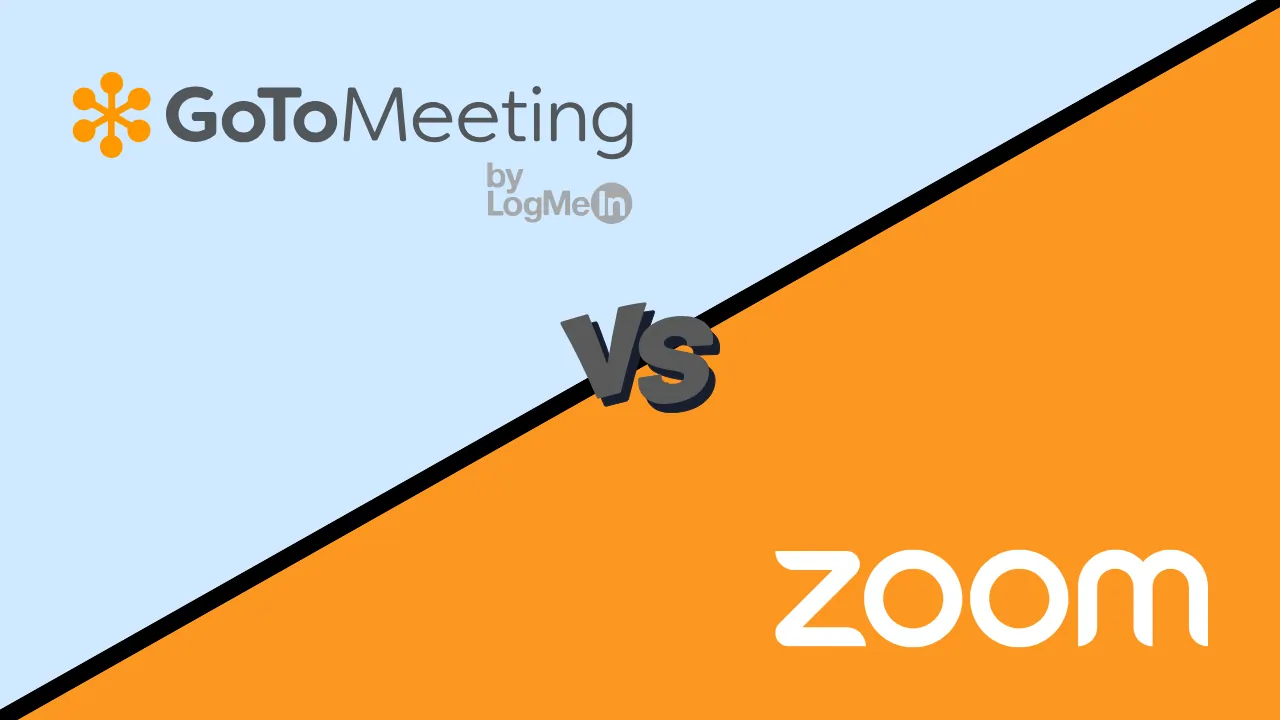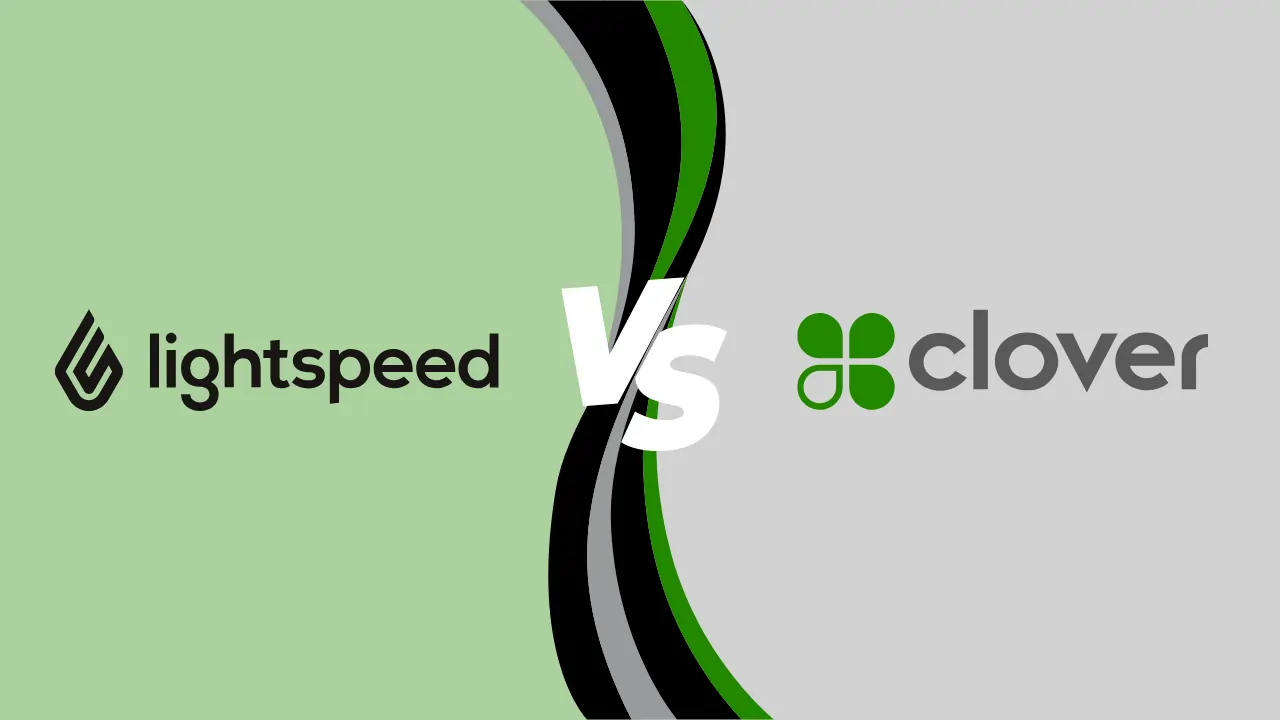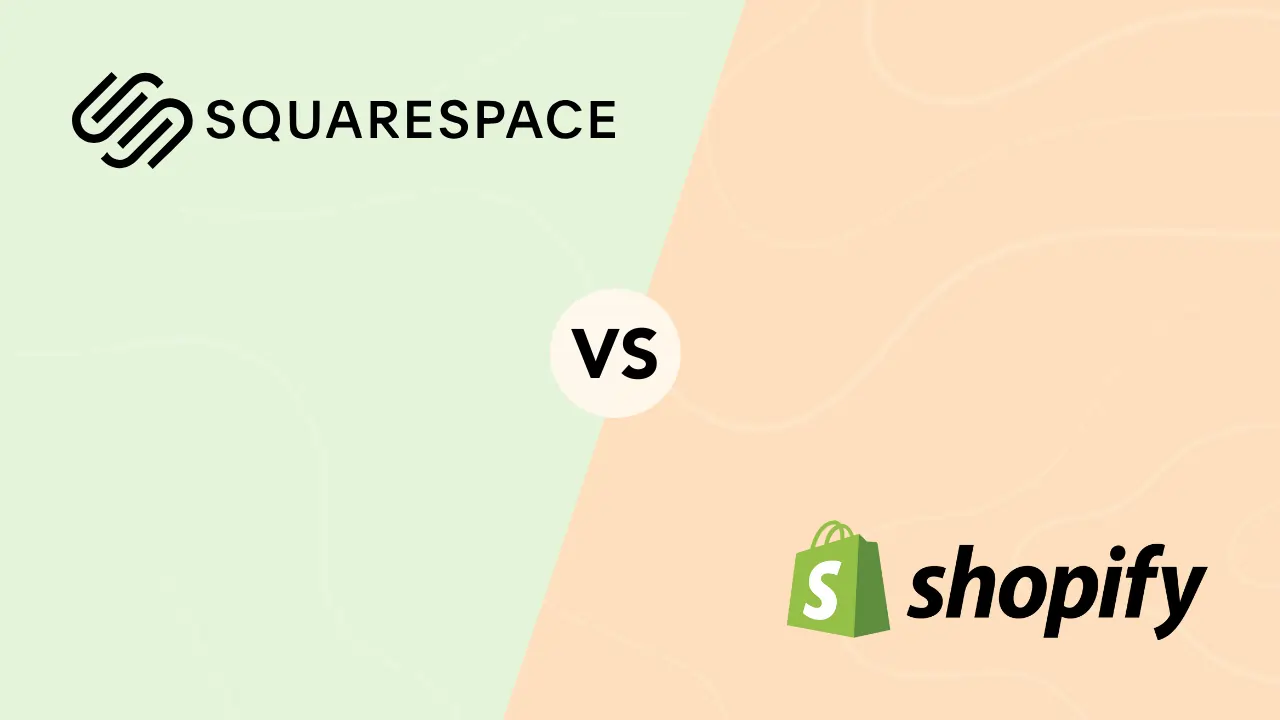Software Budgeting: Tips for Managing Your Expenses

Most successful businesses rely heavily on software solutions to streamline operations, increase productivity, and stay competitive. However, without proper budgeting and cost control, software expenses can quickly spiral out of control, putting a strain on your business budget.
Managing software costs effectively ensures that the software your business uses delivers maximum value while avoiding unnecessary expenses. By carefully comparing software options, taking advantage of free trials, and focusing on software cost-reduction strategies — you can improve business efficiency without breaking the bank.
Let’s explore the different software costs and strategies you can leverage to save money on software for your business.
Understanding Software Costs
When managing business software, it’s important to understand the full scope of the costs involved. Software expenses often extend beyond the initial purchase or subscription fee.
Careful planning, comparing software, and tracking costs will help you avoid surprises and ensure proper resource allocation.
-
Business Software Expenses
Common expenses include licensing fees, subscription plans, maintenance, updates, and training. Recurring fees and the need to keep software up-to-date add to ongoing costs while training employees to use the software also impacts the budget. -
Hidden Software Costs
Hidden costs like upgrades, scalability, and integration issues can arise unexpectedly. Additionally, third-party tools or extensions may be required, further increasing expenses. Proper budgeting must account for these variables to avoid overspending. -
The Impact of Poor Software Budgeting
Poor software budgeting can lead to financial strain and inefficiencies, such as paying for underused tools or ineffective solutions. These issues can result in missed opportunities where funds could have been better allocated.
Strategies to Save Money on Software
Proactive strategies are critical for effectively managing software costs and maximizing functionality while minimizing expenses.
Here are ways to save money on software:
-
Leverage Free Trials and Free Plans
Many software vendors offer free trials or free plans, allowing businesses to test capabilities before committing to a paid version. This “try before you buy” approach helps evaluate whether the software fits your business needs without immediate costs.
Square OnlineBuild your store onlineStarting from:$0 /moIdeal solution for all small businesses
Limitless product inventory
Zoho BooksAffordable and flexible pricing packagesStarting from:$0 /moAccounting A to Z
Account reconciliation & secured banking
HubSpotGenerate & convert leads with AI toolsStarting from:$0 /moUnified platform for sales and marketing
Track customer interactions in real time
ADPGet 3 months FREEStarting from:Custom /Software designed for the unique needs of your business
Seamless integration with payroll
RytrWrite & translate in 30+ languagesStarting from:Free forever /moAuto-complete fills in text as you type
Plagiarism checker ensures originality
-
Negotiate Software Contracts
Usually reserved for enterprises and larger businesses: Negotiating with vendors is another way to reduce software costs. If possible, explore discounts on long-term contracts, bundling multiple services, or reducing fees by scaling usage to actual needs. Building relationships with vendors can also lead to better terms, such as locking in lower rates or gaining additional features at no extra cost. -
Opt for Multi-Function Software
Choose multi-function software that combines various tools in one, such as website builders with integrated SEO tools or e-commerce capabilities. This reduces the need for multiple subscriptions, streamlining your operations and cutting software costs while covering all necessary functions. -
Regularly Audit Your Software Usage
Conduct regular audits of the software your business uses to identify unused or underutilized tools. This helps eliminate unnecessary subscriptions and free up the budget for more critical tools. You’d be surprised how many companies pay for software that isn’t fully utilized, so tracking usage and canceling redundant services can lead to significant savings. -
Plan for Scalability
When selecting software, choose options that are scalable as your business grows. That way, you won’t have to switch platforms or pay for unnecessary features upfront. Start with a plan that fits your current needs but offers flexibility to add users or features as your business expands, avoiding costly migrations or upgrades later. -
Monitor for Discounts and Promotions
Keep an eye out for discounts or seasonal promotions from software vendors. Many providers offer discounted rates for first-time users, holiday sales, or during end-of-year promotions. Signing up for vendor newsletters or keeping track of promotional periods can help you save money when it’s time to upgrade or add new tools. -
Use Pay-As-You-Go Models
Consider software that offers pay-as-you-go pricing models rather than committing to long-term contracts. This allows you to scale costs based on actual usage and avoid paying for unused features. Pay-as-you-go options are particularly useful for businesses with fluctuating needs or seasonal demand. -
Use Comparative Websites
Leverage comparison websites like Sonary to explore and compare software brands based on features, pricing, and reviews. These tools help you find the best deals by showing side-by-side comparisons, ensuring you get the most value for your budget without sacrificing essential features.
Compare Software to Find the Best Fit
Choosing the right software for your business requires careful evaluation of several factors to ensure you get the best value.
If you’re leveraging a comparison tool, as discussed above, you’ll still want to consider the following points when comparing software:
-
Cost-Effectiveness
Look for software that balances price and features. While cheaper options might seem attractive, they may lack the essential features that you need. On the other hand, more expensive tools may offer unnecessary extras. Focus on the software that meets your business needs at the right price point. -
Scalability and Flexibility
Choose software that can scale with your business as it grows. Flexible tools allow you to start small and expand as needed without requiring costly upgrades or a full platform switch. Scalability ensures you’re paying for what you need now while allowing room for future growth. -
Integration Capabilities
Ensure the software integrates seamlessly with your existing tools. Poor integration can lead to inefficiencies, increased manual work, and potential data errors. The ability to connect with your accounting software, CRM, or other critical business systems is crucial for smooth workflows. -
Ease of Use and User Training
A complicated platform can lead to inefficiencies, wasted training time, and user frustration. Opt for software with an intuitive interface that requires minimal onboarding or one that offers robust training resources to quickly get your team up to speed.

-
Customer Support and Resources
Evaluate the level of customer support provided. Access to 24/7 support, live chat, or dedicated account managers can be crucial in resolving issues quickly and preventing costly downtime. Look for software providers with strong documentation, training materials, and active user communities. -
Security and Compliance
This is especially important for businesses handling sensitive data. Ensure that the software complies with industry security standards and offers features like encryption and multi-factor authentication. This helps protect your data and ensures compliance with regulations such as GDPR or HIPAA.
Implement a Software Cost Reduction Plan
A well-planned cost reduction strategy can ensure you’re getting the most value for your investment while eliminating unnecessary expenses.
-
Conduct a software audit regularly to assess all tools in use
Identify unused or underutilized licenses and subscriptions.
Cancel or downgrade tools that no longer provide value to save costs. -
Automate license management
Use software to track and monitor usage, optimizing subscriptions.
Automate alerts to stop paying for unused tools and licenses. -
Switch to annual billing
Vendors often offer 10–20% discounts for yearly commitments over monthly subscriptions.
If you’re confident in long-term use, annual billing reduces overall costs. -
Consolidate tools into an all-in-one solution
Use a business management suite that combines project management, communication, and accounting features.
Simplifies your workflows by reducing the number of tools employees manage and lowers business costs. -
Opt for pay-per-user or tiered plans
Pay for only what your business needs based on team size and usage.
Avoid overpaying for unused accounts or unnecessary features. -
Renegotiate vendor contracts periodically
Seek discounts, long-term deals, or service bundles at no extra cost.
Renegotiations can lead to long-term savings.
Tracking Software Costs and Savings
Monitoring software expenses is a crucial part of your software cost reduction plan. Here are key strategies to effectively track your software spending:
-
Use a cost-savings tracking tool
Tools like FreshBooks or QuickBooks monitor software expenses in real time.
Track IT and software costs, categorize spending, and generate reports for a clear financial overview.
Helps identify areas for cost reduction and prevents overspending. -
Create a software budget
Establish a detailed budget for both current and future software needs.
Include recurring subscription costs, maintenance fees, and potential upgrades.
Regularly review and adjust the budget as business needs change. -
Implement expense alerts
Set up alerts within financial tracking tools to notify you when costs approach or exceed the budget.
Prevent unexpected expenses and ensure software spending stays controlled. -
Track ROI for software investments
Monitor the return on investment (ROI) for each software tool.
Evaluate whether the software is delivering productivity, efficiency, or cost savings.
Switch to more cost-effective options or negotiate better terms if the ROI is lacking.
IT Cost Reduction Ideas Beyond Software
In addition to managing software expenses, there are broader IT strategies you can implement to reduce costs further and improve efficiency.
-
Cloud-based solutions
Migrating to cloud services reduces hardware and maintenance costs.
Eliminates the need for on-site servers, offering scalability and flexibility at a lower cost.
Businesses only pay for the storage and services they use, with upgrades managed by the cloud provider, reducing IT overhead. -
Optimize software usage
Offer training sessions to employees to maximize the value of existing software.
Ensure staff fully understands and utilizes all available features to reduce the need for additional tools.
Minimizes underutilized or redundant software, trimming IT expenses. -
Automate processes
Invest in automation tools to streamline repetitive tasks, such as data entry, customer service, or internal workflows.
Automation reduces labor costs and increases efficiency, allowing staff to focus on higher-value tasks.
How to Audit Your Business Software
Conducting a software audit that tracks how much you’re using each software helps identify unused tools and optimize spending.
- Categorize software by function: Project management, accounting, communication etc
- Evaluate each tool’s usage, cost, and relevance to your business needs
- Identify underutilized, redundant, or unnecessary tools
- Cancel or consolidate software to reduce costs
- Review contracts and licenses to avoid overpaying for unused features
Tools that help audit software usage:
- Zylo: Helps track software licenses, usage, and costs, providing insights into your software spending and usage patterns.
- Torii: Monitors SaaS subscriptions and tracks software usage across your organization, helping to optimize costs.
- Cledara: Manages SaaS applications and tracks expenses, giving you visibility into your software stack and usage trends.
Final Thoughts
When it comes to software spending, keeping a tight grip on your budget is like mastering the art of not paying for that gym membership you never use.
Strategic software budgeting and cost reduction strategies are essential to keeping your business running smoothly and maintaining a healthy bottom line.
It’s a good idea to review your software spending regularly to ensure you’re getting the best return on investment (ROI). A flexible and well-thought-out software budget helps your business stay agile, save money, and focus on tools that boost productivity.
By taking control of your software costs, you’re not only reducing expenses but also positioning your business to stay competitive in an increasingly digital landscape.
Software cost management is key to long-term success and growth.
FAQs
Q: How can I save money on business software?
A: You can save money by using free trials, exploring free or open-source alternatives, negotiating vendor contracts, and consolidating tools into multi-function solutions.
Q: What tools can help track software expenses?
A: Tools like FreshBooks, QuickBooks, and Expensify are great for tracking software costs, managing budgets, and monitoring expenses to stay within budget.
Q: How often should I review my software budget?
A: Review your software budget regularly, ideally quarterly or when introducing new tools, to ensure your spending aligns with business needs and growth.
Q: How do comparison websites help in selecting software?
A: Websites like Capterra, G2, and Sonary allow you to compare software options based on pricing, features, and user reviews to find the best deal for your business.










